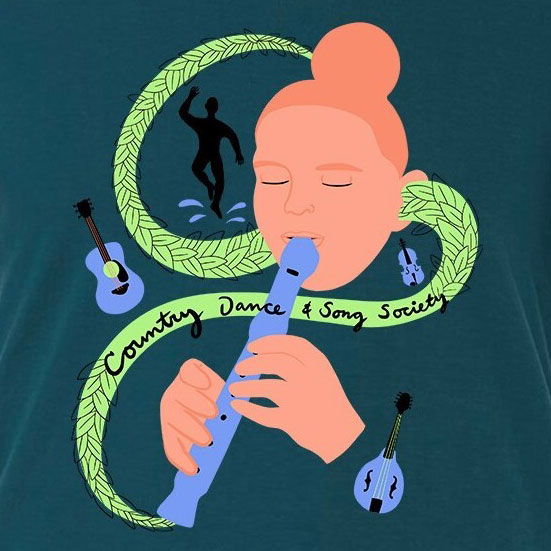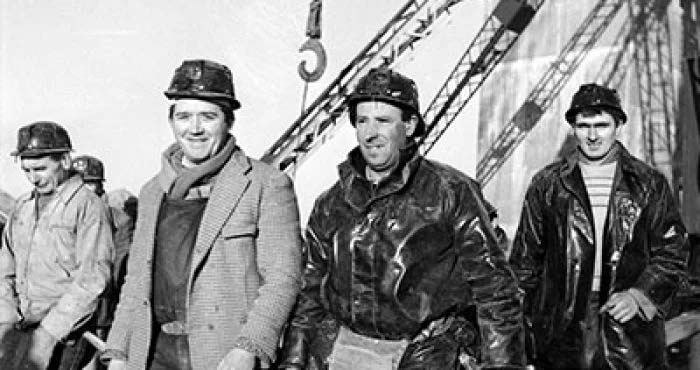Margaret Walters sends us her rendition of “I’ve Lived in Service,” as well as a version by Vic Gammon. The song was collected by Ralph Vaughan Williams, and it tells the tale of a young servant who strikes a hard bargain with his employer over the maid he loves.











 Thanks to the Massachusetts Cultural Council for their generous support.
Thanks to the Massachusetts Cultural Council for their generous support.